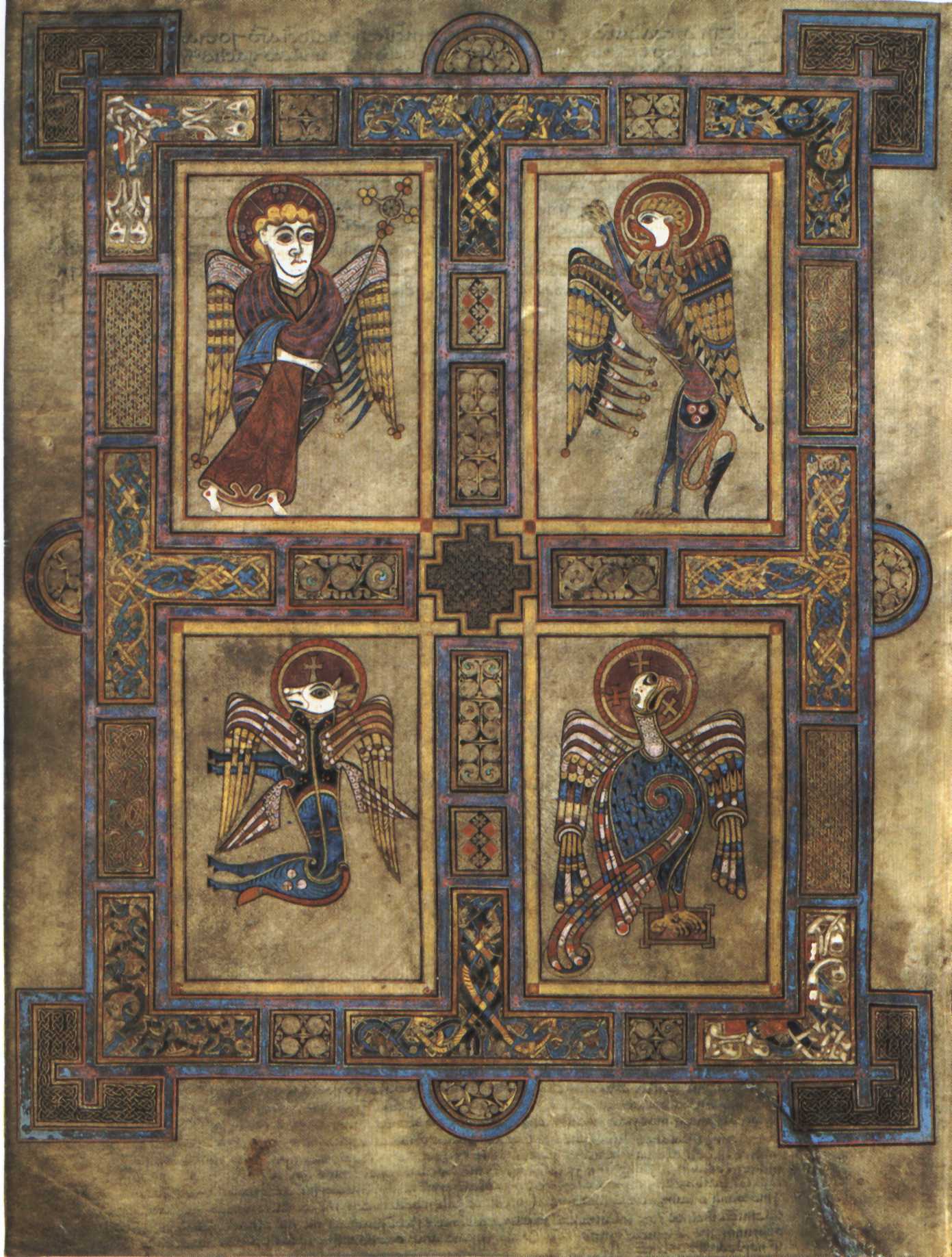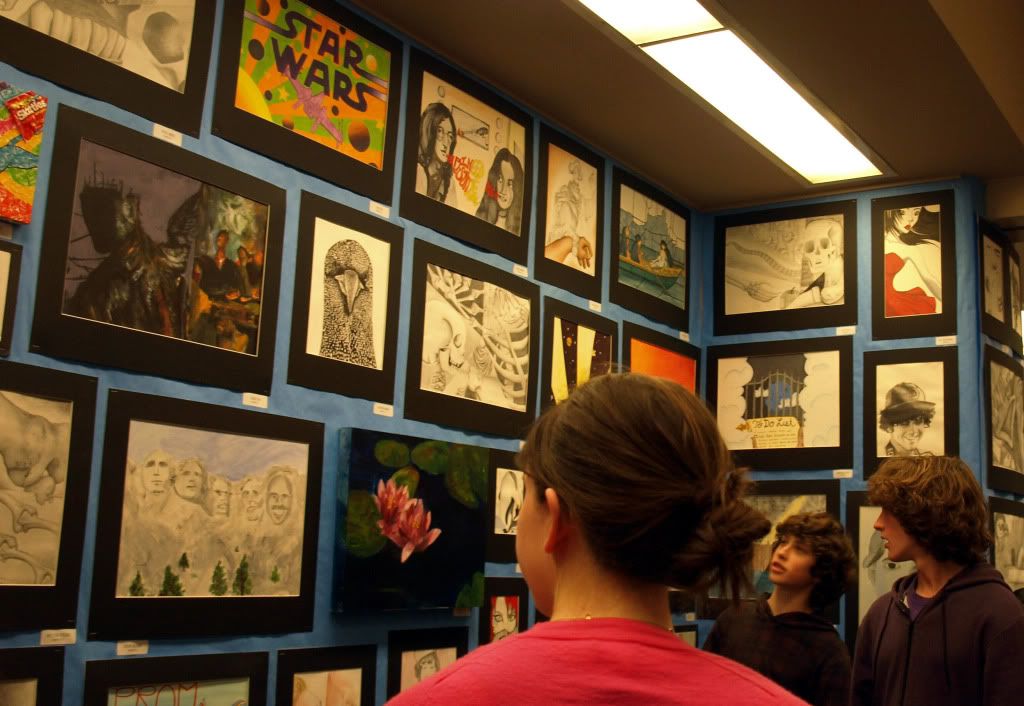This article will cover the basic question about the nature of art, just what is it? Does art record beauty or truth? Does it imitate reality or does it express more than nature itself? Does it create fantasy? Does one need to be skilled to create art?
French artist Marcel Duchamp's "ready-made" series was neither the first nor the last time that supposed art would cause controversy and stir debate on what constitutes the criteria by which an object can be called "art." As this is but only one modest-length article I can only touch on the definition of art, and hopefully not oversimplify it. Defining art is a subject that delves into the very heart of creativity, and to do so we will need to look back in history to see how much art has changed.
All through the centuries art includes human agency. After all keep in mind that the word art is related to artificial, which means produced by humans. From the days of cave-dwelling prehistoric people art has been an integral part of our lives. Though we may need art to enhance the enjoyment and meaning in our lives, we do not use it to survive physically.
The 11-12th century definition of art according to Oxford English Dictionary is: "Skill at doing anything as a result of knowledge and practice". This means that the painter who embellished the Book of Kells would have the notion that an artist and craftsman were one and the same. It was not until the Age of Enlightenment, 1700-1800, where the attitude about art started to change. Art started to be considered as the use of skills to produce beauty. New standards of taste and elegance were introduced and the status of the artist was thus elevated.
By the 19th century people started to embrace the idea that art was not just meant to please but to aspire towards perfection. While this was a clear reaffirmation of the importance of skill in the creation of beautiful works of art, ideals were also being established imbuing artists as prophetic conduits of new cultural concepts. This ideal is known as the Avant Garde movement in which the artist was considered a member of a sublime class with the power to shape the minds of people with their art. This added to the creative powers of artists to allow them their own answer to "What is art?" The artist was now allowed, even expected, to take liberties with established techniques, subjects and ideas of the role art plays.
With the rise of democracy and the middle class art became accessible to more people and so those that had not much exposure before were learning of art and becoming patrons. Modernism in the later 19th century brought forth such movements as impressionism, expressionism and symbolism. The visual language of Modernism is a product of the industrial revolution. The urge to embrace the new realities and materials of the industrial age was a common urge of the masses and through literature, art and design these feelings were expressed. Much of the modernist movements have been attempts to adjust the mind of society at large to the industrial innovations taking place all around.
In keeping with human nature there is present then and now a resistance to change and a tendency towards nostalgia and tradition. In visual arts there is a taste for classic decorative details, realism in painting, and a general preference for the elaborate. This is a stark contrast with the modernist simplicity and retreat from realism. The emphasis on form also resulted in attention to the materials used, and the visual qualities they offer.
Since then many types of artistic expression previously deemed unconventional have entered into culture. This would explain why things are considered art even though artists' intentions are very different and materials used are without any discernible expectations or limitations. What motivates artists could be any of the following: to beautify, express, illustrate, mediate, persuade, record, re-define reality and redefine art. And still yet there are those that make it just because they feel the urge to make art and the process makes them happy, a sort of self-therapy.
Competing answers are typically given to the inquiry of "What is Art?", indeed, as the title of this article announces forthright it is a subjective matter. There is disunity in the classes of artworks not to mention the differing concepts of Universal versus Western traditions and institutions. Answering the question of what makes art art is always flawed and incomplete due to such factors.
Still, there are definitive responses which stand on their own as earnest attempts to explain as much as possible and capture what unity that there is to capture. What do you think art is? Was there something left out here in this article that you feel merits attention? Please feel free to comment below, because this is a subjective inquiry that is good for us to keep talking about in the art community.
© Rebecca H Knight, images and media used are public domain or © their respective owners. All rights reserved.
 |
| Scene at an art gallery, how does this art speak to you? The intent is to embody seasons with still-life presentation. |
All through the centuries art includes human agency. After all keep in mind that the word art is related to artificial, which means produced by humans. From the days of cave-dwelling prehistoric people art has been an integral part of our lives. Though we may need art to enhance the enjoyment and meaning in our lives, we do not use it to survive physically.
The 11-12th century definition of art according to Oxford English Dictionary is: "Skill at doing anything as a result of knowledge and practice". This means that the painter who embellished the Book of Kells would have the notion that an artist and craftsman were one and the same. It was not until the Age of Enlightenment, 1700-1800, where the attitude about art started to change. Art started to be considered as the use of skills to produce beauty. New standards of taste and elegance were introduced and the status of the artist was thus elevated.
 |
| Illustration from the Book of Kells, a 1200 year old book. |
With the rise of democracy and the middle class art became accessible to more people and so those that had not much exposure before were learning of art and becoming patrons. Modernism in the later 19th century brought forth such movements as impressionism, expressionism and symbolism. The visual language of Modernism is a product of the industrial revolution. The urge to embrace the new realities and materials of the industrial age was a common urge of the masses and through literature, art and design these feelings were expressed. Much of the modernist movements have been attempts to adjust the mind of society at large to the industrial innovations taking place all around.
In keeping with human nature there is present then and now a resistance to change and a tendency towards nostalgia and tradition. In visual arts there is a taste for classic decorative details, realism in painting, and a general preference for the elaborate. This is a stark contrast with the modernist simplicity and retreat from realism. The emphasis on form also resulted in attention to the materials used, and the visual qualities they offer.
Since then many types of artistic expression previously deemed unconventional have entered into culture. This would explain why things are considered art even though artists' intentions are very different and materials used are without any discernible expectations or limitations. What motivates artists could be any of the following: to beautify, express, illustrate, mediate, persuade, record, re-define reality and redefine art. And still yet there are those that make it just because they feel the urge to make art and the process makes them happy, a sort of self-therapy.
Competing answers are typically given to the inquiry of "What is Art?", indeed, as the title of this article announces forthright it is a subjective matter. There is disunity in the classes of artworks not to mention the differing concepts of Universal versus Western traditions and institutions. Answering the question of what makes art art is always flawed and incomplete due to such factors.
Still, there are definitive responses which stand on their own as earnest attempts to explain as much as possible and capture what unity that there is to capture. What do you think art is? Was there something left out here in this article that you feel merits attention? Please feel free to comment below, because this is a subjective inquiry that is good for us to keep talking about in the art community.
 |
| Art is as you choose to see it. |
© Rebecca H Knight, images and media used are public domain or © their respective owners. All rights reserved.








.png)



0 comments: